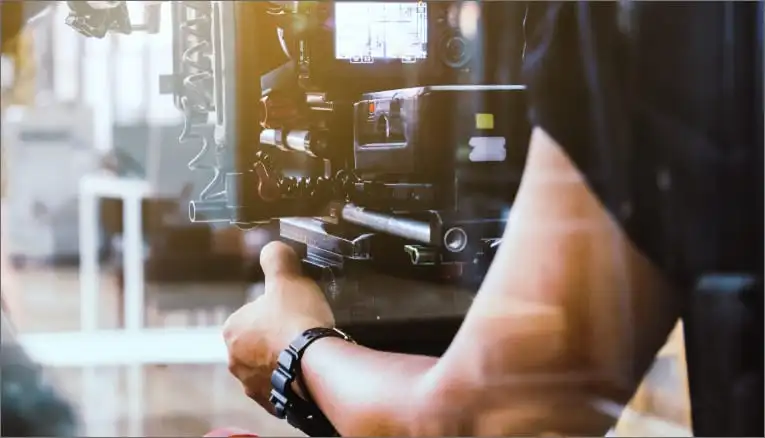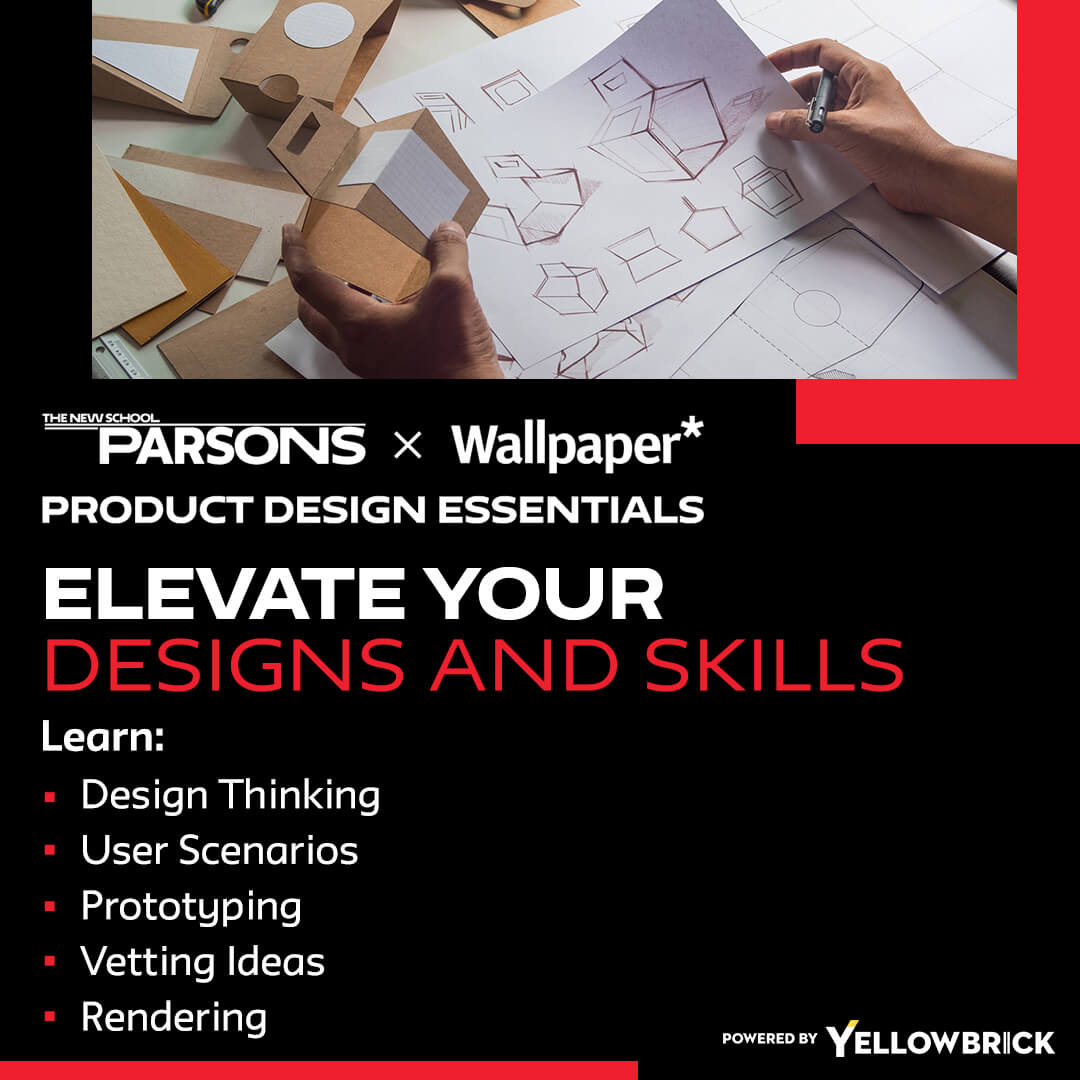Understand User Needs
One of the foundational principles of product design is to understand the needs and preferences of your target users. Conducting user research, creating user personas, and gathering feedback are essential steps in designing products that resonate with your audience. By putting the user at the center of the design process, you can create products that are intuitive, user-friendly, and tailored to meet specific user requirements.
Embrace Iterative Design
Iterative design is a key concept in product design that involves creating prototypes, gathering feedback, and making incremental improvements based on user testing. By embracing an iterative design approach, you can refine your product design, identify potential issues early on, and ensure that the final product meets user expectations. Iterative design allows for flexibility and adaptability throughout the design process.
Focus on User Experience
User experience (UX) design plays a crucial role in creating products that are not only functional but also delightful to use. Paying attention to aspects such as usability, accessibility, and interaction design can significantly impact the overall user experience. By prioritizing user experience in your product design process, you can create products that engage users and drive positive outcomes.
Master Visual Design Principles
Visual design is an integral part of product design that involves creating visually appealing interfaces, graphics, and branding elements. Understanding visual design principles such as typography, color theory, and layout can help you create designs that are aesthetically pleasing and cohesive. Visual design plays a key role in shaping the overall look and feel of a product and can influence user perception and engagement.
Collaborate Effectively
Product design is a collaborative process that often involves working with cross-functional teams, including engineers, marketers, and stakeholders. Effective communication, collaboration, and teamwork are essential skills for product designers to ensure that design decisions align with business goals and technical requirements. By fostering a collaborative environment, you can leverage the diverse expertise of team members to create successful products.
Stay Updated on Industry Trends
The field of product design is constantly evolving, with new technologies, trends, and user behaviors shaping the way products are designed and developed. Staying updated on industry trends, attending design conferences, and networking with other designers can help you stay ahead of the curve and incorporate innovative ideas into your design process. Continuous learning and adaptation are key to thriving in the competitive landscape of product design.
Seek Feedback and Iterate
Feedback is a valuable tool in the product design process, providing insights into how users interact with your product and areas for improvement. Actively seeking feedback from users, colleagues, and stakeholders can help you identify blind spots, validate design decisions, and iterate on your designs effectively. Incorporating feedback loops into your design process can lead to more user-centric and successful products.
Test Early and Often
User testing is a critical component of product design that allows you to validate design assumptions, identify usability issues, and gather insights directly from users. Conducting usability testing, A/B testing, and prototype testing at various stages of the design process can help you make informed design decisions and ensure that your product meets user expectations. Testing early and often can save time and resources in the long run by addressing issues proactively.
Prioritize Accessibility and Inclusivity
Designing products that are accessible to users of all abilities and backgrounds is essential in creating inclusive and user-friendly experiences. Prioritizing accessibility features, such as screen reader compatibility, color contrast, and keyboard navigation, can ensure that your product is usable by a diverse range of users. By designing with accessibility in mind, you can create products that are welcoming and accommodating to all users.
Stay Curious and Experiment
Creativity and innovation are at the heart of product design, and maintaining a curious and experimental mindset can lead to breakthrough ideas and unique solutions. Encouraging experimentation, exploring new design approaches, and pushing boundaries can spark creativity and drive innovation in your design process. Embrace ambiguity, challenge assumptions, and be open to trying new ideas to push the boundaries of traditional design practices.
Conclusion
Product design is a dynamic and rewarding field that offers endless opportunities for creativity, problem-solving, and impact. By incorporating these key principles and best practices into your design process, you can enhance your skills, create user-centric products, and drive success in your product design career.
Whether you’re a seasoned designer looking to refine your skills or a newcomer exploring the world of product design, this cheat sheet serves as a valuable resource to guide you on your design journey.
Key Takeaways:
- Understand user needs and preferences to create user-friendly products.
- Embrace iterative design to refine your product and meet user expectations.
- Prioritize user experience to create engaging and functional products.
- Master visual design principles for aesthetically pleasing products.
- Collaborate effectively with cross-functional teams for successful design outcomes.
- Stay updated on industry trends to incorporate innovative ideas into your designs.
- Seek feedback and iterate to validate design decisions and improve products.
- Test early and often to address usability issues and meet user expectations.
- Prioritize accessibility and inclusivity for a diverse user base.
- Stay curious and experiment to drive creativity and innovation in your design process.
To further enhance your expertise in product design success metrics and advance your career in the field, consider taking the Parsons Product Design Essentials online course and certificate program offered by Yellowbrick. This comprehensive program can provide you with valuable insights and practical skills to excel in the dynamic world of product design.








